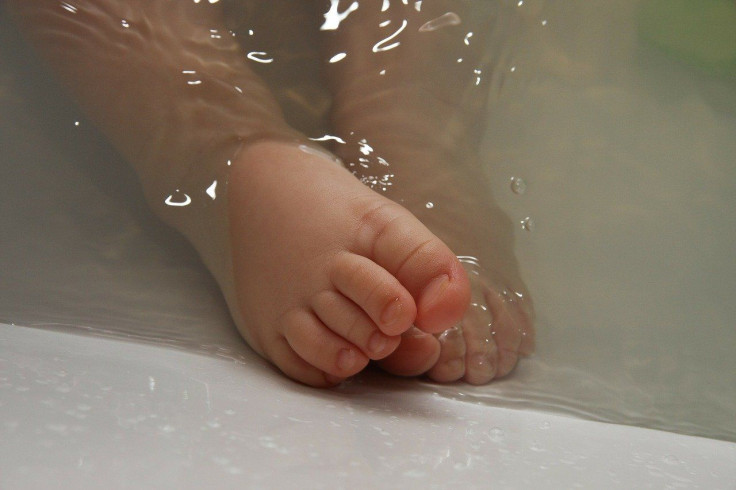Baby Born With 3 Penises, First Recorded Case Of Triphallia In History
KEY POINTS
- A baby was diagnosed with the world's first-ever case of triphallia
- The baby's two extra phalluses were surgically removed
- Diphallia, a condition where babies have two penises, is more common
A baby in Iraq made history by being the first human to be born with three penises. The Kurdish baby from Duhok is the first case to be diagnosed with triphallia.
The 3-month-old baby was brought to the hospital due to a swelling in his scrotum. When the doctors examined the baby, they found that he has three genitals. The two extra penises consisted of a 2-centimeter (0.8 inches) member and another 1-centimeter penis.
"The first one was about 2 cm in length with a glans and was attached to the root of the penis, and the third one was about 1 cm and was below the scrotum," the study stated.
The discovery has been regarded as the world's first-ever case of triphallia and has since been documented in the International Journal of Surgery Case Reports.
Although having more than one penis is still considered an anomaly, it is no longer regarded as too much of a surprise, as per the Jerusalem Post. A condition known as diphallia has been around since the 1600s and is diagnosed on baby boys who have two penises. Diphallia occurs in around one in every 5-6 million live births and typically involves one "true penis" since the other does not possess a urethra and lacks the ability to function normally.
As for the Kurdish baby's case, however, his triphallia is the first in recorded human history.
“To the best of our knowledge, this is the first reported case with three penises or triphallia,” wrote Dr. Shakir Saleem Jabali in the study. The baby's two extra phalluses were found to not have any urethra -- the tube where the urine passes through -- and so were surgically removed through hydrocelectomy, the New York Post has learned.
The surgery was deemed successful with no adverse effects. To date, the cause of the phallic anomaly is still unknown. According to the study, the baby was never exposed to drugs while in the womb and had no family history of genetic aberrations.

© Copyright IBTimes 2024. All rights reserved.





















